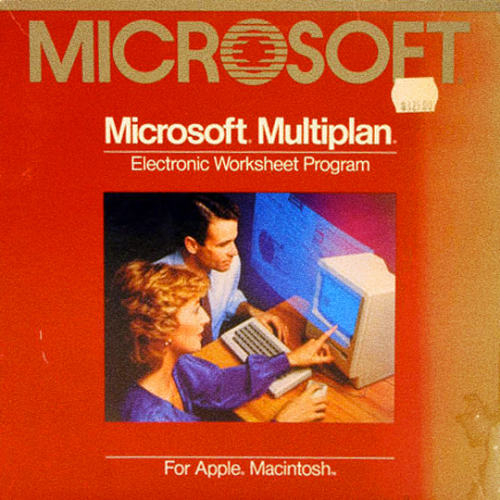Source: Edge – Issue Number 143 – December 2004
Edge is a multi-format gaming magazine that was sort of a sister publication to Next Generation. At least, much of the content that was published in Edge was republished in Next Generation. the December 2004 issue includes:
This Month
- Dual Fuel – A look at the hardware and first software of the new Nintendo DS. It had a number of innovative features for the time, including dual screens, touch screen, 3D, and more.
- Driving Ambition – A talk with the the man behind Gran Turismo 4: Prologue.
- Oddworld’s Odyssey – The story behind Oddworld: Stranger. I only ever played the first Oddworld which was a completely different kind of game but it was an interesting and intensely atmospheric game.
- But It Is Art – A look at some recent video game inspired art exhibits.
- Activisionaries – The story of Activision, the company that invented the concept of third party publisher, and how it has changed over teh last 25 years.
Every Month
- Start
- Nintendo unveils DS support – The premiere of the Nintendo DS and the first 3rd party developers.
- Tokyo Game Show 2004 report – The PSP debuts and much more.
- PS2 slims down for Christmas – A smaller version of the PS2 including ethernet and a now external power supply.
- Jim Merrick talks Nintendo online – A brief interview with Nintendo’s head of marketing.
- Japan catches retro fever – Tokyo’s National Museum of Science hosts exhibition dedicated to videogaming history.
- How The Sims killed themselves – The convoluted history of The Sims. An interview with Will Wright, head of Maxis and the man behind The Sims.
- At a store near you – New this month: Donkey Konga (Game Cube), Mario Vs. Donkey Kong (Game Boy Advance), Gradius V (PS2), and Metal Slug 3 (Xbox).
- A developer’s diary – The story of Kun Fu Chaos.
- Incoming – New games coming soon: Cold Fear (PC, PS2, Xbox), Tsukiyoni Saraba (PS2), Legend of Zelda: The Minish Cap (Game Boy Advance), Ace Combat 5 (PS2), Imperator (PC), and King Kong (GameCube, Xbox, PS2).
- Something About Japan – A look at the Tokyo Game Show through the eyes of Kaji Aizawa, editor in chief of Famitsu PS2 magazine.
- Time Extend – A detailed look back at The Legend of Zelda: Majora’s Mask.
- Studio Profile – A look at Swordfish Studios, developers of games such as Jonah Lamu Rugby, UEFA Striker, Hostile Waters: Antaeus Rising, and World Championship Rugby.
- Codeshop – GameShadow, a game patching service to simplify keeping all of your games up to date.
- Mightier Than The Sword – the origins of Grand Theft Auto.
- Trigger Happy – The appeal of Myst IV and the Myst series in general.
- The Guest Column – The most successful player in Lineage II.
- Biffovision – The Complete History of Videogaming, Chapter 24, The Age of Television: A look at Joymasters (1992-1996).
- Inbox – Letters about game ratings, Game Stars Live, Nintendo re-releases, Ghost in the Shell and GTA, and more.
- Hype – Previews of new and upcoming games including Resident Evil 4 (GameCube), Ico 2 (PS2), The Bard’s Tale (PS2, Xbox), Devil May Cry 3 (PS2), Jak 3 (PS2), Metal Gear Acid (PSP), Rengogu (PSP), Prince of Persia: Warrior Within (GameCube, PC, PS2, Xbox), Disaster Report 2 (PS2), Kagero 2 (PS2), Shining Tears (PS2), Radiata Stories (PS2), and Demento (PS2).
- Review – Reviews of the latest games including Half-Life 2 (PC), Rome: Total War (PC), Tribes: Vengeance (PC), Monster Hunter (PS2), Blood Will Tell (PS2), Final Fantasy XI (PC, PS2), Sly 2: Band of Thieves (Xbox), Sega Superstars (PS2), Eyetoy: Play 2 (PS2), Flatout (PC, PS2, Xbox), Super Mario Pinball (GBA), Pro Evolution Soccer 4 (PS2, Xbox), ADV Guardian Heroes (GBA), and Gametrak: Dark Wind (PS2).

…and more!





